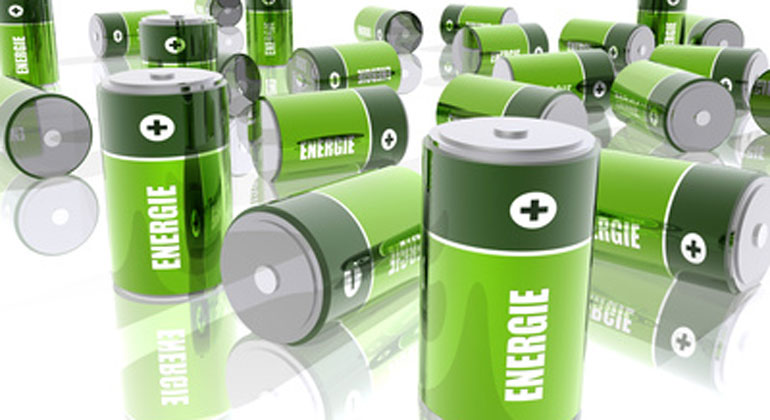doctor. Qingsong Wang from the University of Bayreuth is leading research into sodium-ion batteries as a sustainable and cost-effective alternative to lithium-ion. As part of an international team of researchers, he developed a battery with a long service life and high energy. The results have now been published Nature's energy published.
For what purpose?
Lithium-ion batteries are one of the most successful energy storage technologies in recent decades. However, the raw materials needed to produce lithium-ion batteries are limited and unevenly distributed in some countries and regions. In order to reduce the burden on lithium sources worldwide and use a geopolitically and strategically independent raw material, science has high hopes for sodium-ion batteries. Sodium is 1,000 times more abundant in the Earth's crust than lithium. Sodium and lithium belong to the same group as the alkali metals in the periodic table. This means that they have similar chemical and performance properties. The mature infrastructure of lithium-ion battery technology can also be quickly used to produce sodium-ion batteries.
The growing need for energy storage is driving research and development in battery technology. The sodium ion battery is a reliable and affordable alternative to lithium ion batteries. The easy access and availability of sodium makes sodium-ion batteries more attractive and competitive. By using elements abundantly available in the earth and controlling the growth of the layered oxide cathode phase in cooperation with Dr. Qingsong Wang, a junior group leader in the Department of Inorganic Active Materials for Electrochemical Energy Storage, developed a long-cycle, high-energy sodium-ion battery validated at 165 Wh/kg. “Our results show that industrial-scale sodium-ion batteries are more cost-effective and sustainable than traditional lithium-ion batteries that can be manufactured based on iron phosphate chemistry,” says Wang.
In the current study Nature's energy It was published by a team of scientists from the Universities of Bayreuth (Germany), Xiamen (China), Shenzhen (China), the National Argon Laboratory (USA), and the Institute of Physics of the Chinese Academy of Sciences in Beijing (China). It has been shown that the structure of the growth medium can be modified by controlling the charging depth. This allows the prismatic-type stack state to be inserted equally among the octahedral-type stack states. This helps avoid octahedral-type adjacent stacking errors.
Octahedral type and prismatic type refer to the geometric arrangement of atoms or ions in the crystal lattice. Octahedral type means that the atoms or ions in the crystal are arranged in an octahedral-like arrangement. The prismatic type refers to a prism-like arrangement.
“Our research aims to analyze the anionic oxygen redox reaction as an energy amplifier for the layered oxide of sodium ion cathode,” says Wang. “It is important to develop a strategy that makes this reaction reversible and stable. In the long term, the results of our research could make mid-range electric cars more affordable, as their batteries can then be produced at a lower cost and with a longer service life.”
- Wang, X., Zhang, Q., Zhao, C. et al. Achieving a high-performance sodium ion bag cell by organizing growth structures in a layered oxide cathode with anionic redox. Nat Energy (2024). https://doi.org/10.1038/s41560-023-01425-2
source

“Alcohol buff. Troublemaker. Introvert. Student. Social media lover. Web ninja. Bacon fan. Reader.”







More Stories
Orca “attacks” science puzzle
This diet strengthens the psyche and emotional well-being – a healing practice
An exoplanet is like a cotton ball